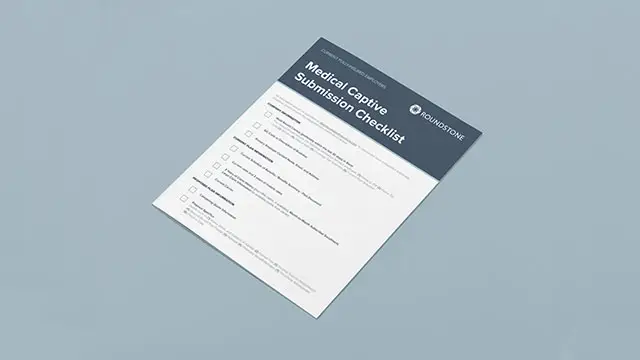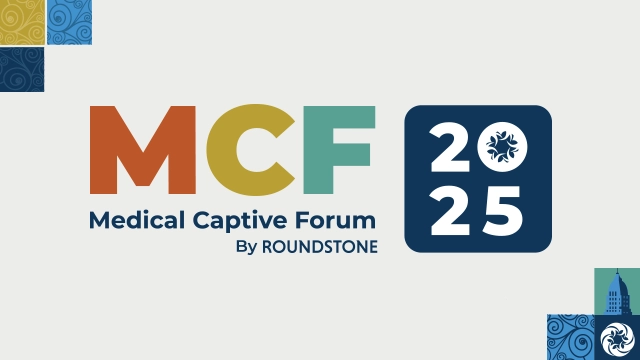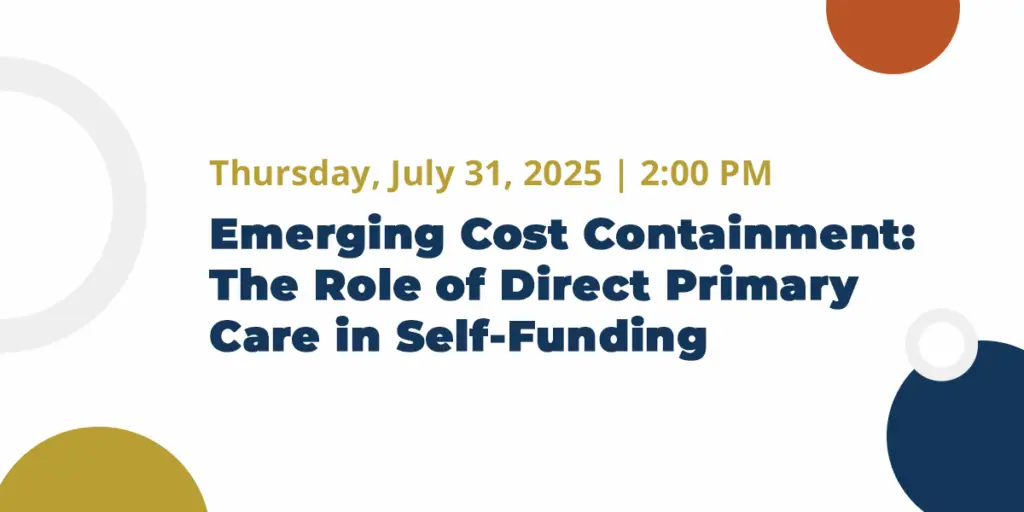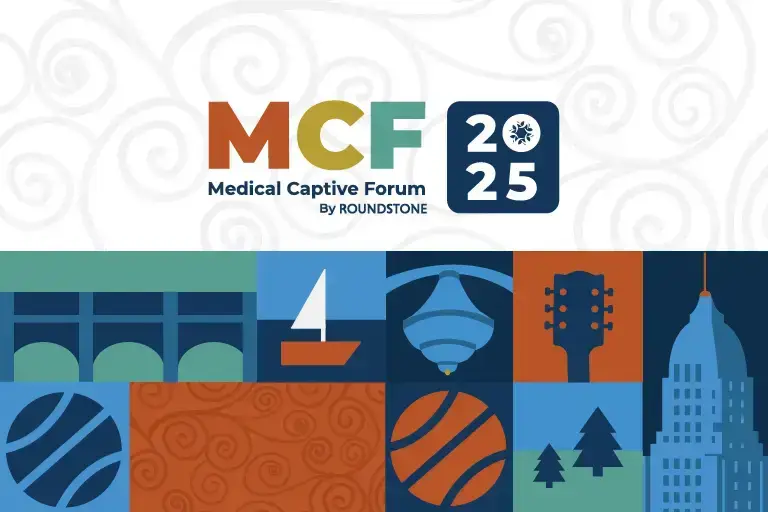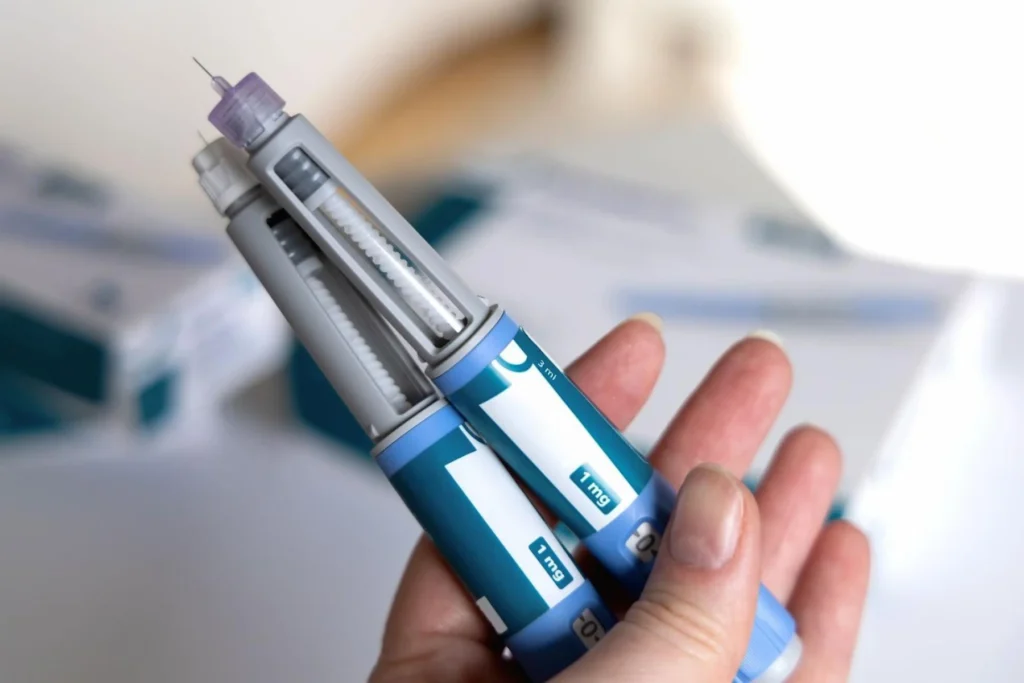Captives are an innovative way for small and mid-size businesses to self-fund their employee health benefits, proving to be a better alternative to the traditional, fully insured approach. Self-funding with a captive offers companies more transparency, control, and savings year after year.
Roundstone was the first to pioneer stop-loss captives for self-funded health insurance back in 2005. Since then, many have caught on to the effectiveness of this model, and new captives seem to be popping up every day. Roundstone is glad to see the industry catching on and employers begin to move away from the ‘set it and forget it’ mentality of fully insured plans, taking a more active role in their employees’ health benefits. But it’s important to realize not all captives are created equal. They can differ widely when it comes to cost, savings allocation, and flexibility.
Whether you’re a benefits advisor or an employer, it’s important to do your homework and read the fine print when comparing captives. Here are the important questions to ask when choosing the right captive for your self-funded health plan.
What is a Stop-Loss Captive and How Does It Work?
A typical insurance captive pools many businesses together, effectively distributing risk and enabling them to self-insure their healthcare benefits with greater confidence.
In a stop-loss captive, like Roundstone’s Captive, you have an added layer of protection. In this three-tiered model, employers pay for healthcare costs up to a specific deductible, share some costs above that deductible across a pool of hundreds of other employers in the captive, and finally, shift costs to a stop-loss carrier to cover any catastrophic claims.
Self-funding with a stop-loss captive allows companies to pay directly for the healthcare of their employees. Unlike fully insured plans, where companies pay a set premium to their insurance carrier that’s often more expensive than the actual cost of their healthcare claims, self-insured plans allow companies to pay only for the insurance they use. This prevents wasteful spending on unused benefits, which would otherwise be pocketed as profits by the insurance carrier.
When choosing a captive for your employee health plan, it is critical to evaluate your options based on a few key financial metrics and the operational philosophy working behind the scenes.
What’s the Price of Admission? Evaluating Collateral
When considering a stop-loss captive for a self-funded health plan, take a look at the price of collateral – which is essentially the price of admission into the captive. Collateral is a percentage of the stop-loss premium. A stop–loss premium works like a safety net – it is the amount you pay to protect yourself in case the healthcare costs of your employees go way above what you expected.
The collateral is there to help cover any unexpected costs that might be more than the amount the captive has received as premium. However, if you’re joining a large, well-established captive, like Roundstone’s, the likelihood of having to dip into the collateral is extremely rare.
As the price of admission, you want collateral to be as low as it can be. Roundstone’s is 7% for new business, paid one time upon entry – this is the lowest in the industry to date. In the world of captive insurance, most collateral tends to be between 11% and 15%, though sometimes it can be as high as 25%. And some captives will require you to pay collateral two years in a row – this is known as ‘stacked collateral’ – causing you to pay twice as much.
What happens to your collateral if you decide to leave the captive? While some captives keep your collateral, at Roundstone, we consider this to be your money. Not only do we return your collateral payment when not needed to pay excess claims, but we also return the investment interest your money gains. We don’t believe in handcuffs.
What is the Size of the Captive Loss or Return Fund?
The captive loss fund, also known as the captive return fund, is another key attribute of a financially efficient captive. This is the pool of funds accumulated from the stop-loss premiums paid by the employers participating in the captive.
Throughout the policy period, claims within the captive layer are paid out of this loss fund. When there is a surplus – meaning that the total premium dollars reinsured to the captive exceeds the sum of all claims and operational expenses – this excess can be distributed back to the employers, in the form of a cash distribution.
Essentially, 68 to 70 cents of every stop-loss dollar goes into Roundstone’s return fund. In comparison, most captives only deliver 50 to 60 cents on the dollar into their fund available to pay claims. Additionally, Roundstone pays investment interest on these dollars while other captives do not.
Since its inception, Roundstone has distributed over $72 million back to captive participants. How is Roundstone able to reliably pay a distribution to its employer groups, when other captives don’t? Simple – with a commitment to keeping fixed costs low, applying effective cost containment solutions, adhering to sound claim adjudication principles and passing any surplus back to employers where they belong.
What is the Expense Load of the Stop-Loss Captive?
The expense load of a stop-loss captive refers to the various operational and administrative costs associated with running the captive and providing stop-loss coverage. It’s important to find a captive that prioritizes keeping these costs as low as possible. Some captives will retain more for their services, requiring a higher expense load, effectively eliminating any possible surplus that would otherwise be distributed back to participants.
A lower expense load can be achieved with a commitment to lower fixed costs whenever possible and by actively negotiating expenses like excess reinsurance and fronting fees. Some captives will pay more for these expenses while also retaining more for their captive management services, resulting in little to no surplus left for their participants.
Roundstone was recently able to negotiate a sliding scale reduction of fronting fees with our reinsurance partners, bringing it down from 5% to 2% of stop-loss premium. Rather than pocketing these savings by raising our management fee, we instead pass these savings on to our groups by reducing our captive’s expense load, resulting in a higher return fund and thus a higher possible distribution.
By remaining committed to a philosophy of alignment and always acting in the employers’ best interest, Roundstone is able to provide one of the lowest expense loads for a stop-loss captive available in the industry.
When Does the Captive Return Its Distribution? Are Distributions Paid in Cash?
In an efficiently managed captive, at the end of the year there will be a surplus of funds left over from the captive loss/return fund. It is then that dollars are distributed back to the captive participants, pro rata, in the form of cash. This should only take 6-7 months after the policy year concludes.
Roundstone distributions are based on how well the captive performs as a whole, not on any one individual company. This means that even in a bad claims year for your business, you can still see a sizeable return.
It’s important to note that some captives will keep a portion of this distribution or put it into a capital account that members don’t see until they leave the captive, if ever, with the carrier pocketing the rest. Roundstone distributes 100% of the captive’s savings back to employers as soon as possible. We believe this money is yours to reinvest back into your employees as you see fit.
Is Your Captive Experienced in Underwriting for Captives?
It is crucial to select a captive with expertise in captive-specific underwriting. Roundstone has a 20-year track record of generating positive outcomes for employers with our in-house underwriting team. Roundstone is a managing general underwriter (MGU) for two A.M. Best ‘A’ Rated carriers. Unlike other captives who outsource their underwriting to large firms, our MGU specializes in assessing risk for mid-market employers with self-funded health insurance, resulting in more accurate and competitive pricing.
Not only does this increase the size of the return fund and the potential to distribute more dollars back to employers, but it also puts both the advisor and employer in direct contact with the underwriter. This hands-on approach allows for the exchange of vital information that can impact the cost of the policy.
When you request a quote from Roundstone, our underwriters provide a comprehensive, bindable document based on your company’s specific data. Unlike some captives that offer only a ‘conceptual overview’, which may lead to fluctuating figures later, Roundstone ensures clarity and consistency from the outset.
Does the Captive Provide Flexibility in Cost Containment Choices and Implementation?
As a paying member of any captive, you should have complete flexibility when selecting cost containment options and deciding which solutions to implement on behalf of your employees’ health plan. Choosing your TPA, PBM, or patient advocacy partners should be a decision made between the employer and their benefits advisor, not mandated by the captive. We do recommend our in-house TPA Bywater that specializes in administering self-funded health plans, but ultimately the choice is yours.
At Roundstone, we strongly suggest that groups work with TPAs and PBMs that are transparent and aligned with their best interests. We also make cost containment recommendations based on the data and our Cost Savings Investigator (CSI) team’s extensive knowledge of the solutions available – but we never force these recommendations onto our groups. Some captives require their members to utilize certain solutions, often influenced by the captives receiving financial incentives from these cost containment providers in return. These are the sort of misaligned incentives that plague the industry, costing employers and their employees higher fees and poorer health outcomes.
Roundstone does not accept revenue from outside service providers. We do not collect fees or revenue share from the solutions we recommend. This operational philosophy ensures we are always acting in the best interests of our customers.
Does the Captive Guarantee a Renewal?
Participation in a properly managed captive should be viewed as a long-term strategy. The captive manager should view your success within the self–funded captive solution over several years – not just the current year. Savings are optimized over time by implementing the strategies and solutions made available by the flexibility and transparency that come with being in a captive model.
Some captives will hold a group’s renewal until 30 days before its effective date and have been known to then decide not to renew groups after a particularly bad claims year. Going with the wrong captive could mean finding yourself without a policy to renew and making last-minute negotiations, likely at a substantially higher premium.
At Roundstone, we believe in the power of our solution and understand that a captive should provide stability and predictability – next year’s renewal is always guaranteed.
What are the Odds the Solution Will Save You Money?
After 20 years of service, we are so confident in the power of our solution that we guarantee its success. The Roundstone Guarantee states you will save money within the first 5 years of participation, or we will make up the difference.
Most of our clients save 20% year over year compared to their fully insured plans. In fact, 4 out of 5 Roundstone clients save enough in their first 4 years to entirely pay for their 5th year of claims.
With healthcare costs rising at an unsustainable rate, employers are seeking ways to take control and offer high-quality benefits at an affordable price. Self-funding with a captive is a funding model that works, but as we’ve outlined here today, you must be sure you are joining a captive managed with you, the employer, in mind.
Do you have more questions? Contact us today to learn more about how self-funding with a captive can empower you to provide better, affordable care to your employees and revolutionize your business.

